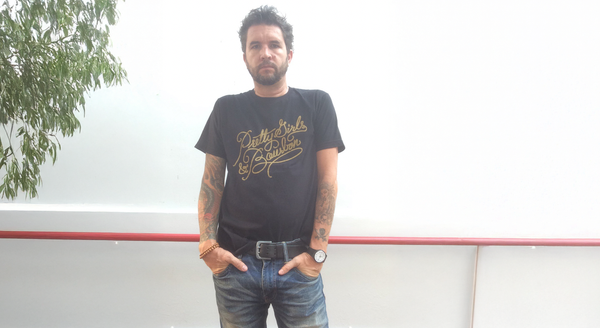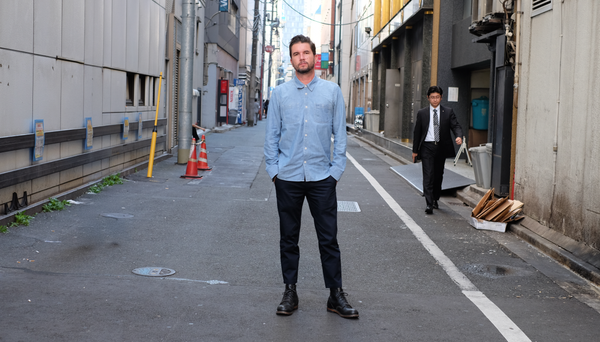The Mid-career Majority Is Already Using AI. You Just Didn’t Notice

Forget the hype cycle. The most quietly innovative minds in your company are older than you think, and they’re already using AI in ways you’ve failed to see.
She’s not on LinkedIn posting prompt hacks. She’s not in your AI talent tracker. But she is, quietly, one of your most effective users — a 58-year-old team lead toggling between dashboards and a ChatGPT tab she never mentions.
She doesn’t call it prompting. She calls it getting things done. That worker isn’t in your pipeline. But she should be.
In a previous article, I framed this as the AI Ambition Gap: older professionals who are ready to adapt, but held back by structures, assumptions, and a lack of invitation. It isn’t a tech gap. It’s a trust gap. And it’s widening.
A report from Generation, supported by Google.org and The SCAN Foundation adds weight and urgency to this theme. It reveals something I have suspected: the people quietly adapting to AI aren’t the ones being trained. They’re the ones being underestimated.
The Quiet Ones Are Already There
Just 15% of workers over 45 report using AI tools in their jobs. That number looks low until you zoom in. Those who do use AI? Most are self-taught. Many are using it weekly or daily. They aren’t hobbyists. They’re hidden operators.
More than half say it improves the quality of their work. Nearly half say it helps them tackle more advanced tasks. A third say it helps them make better decisions. Many say it makes their jobs more enjoyable. Not bad for a group no one bothered to train.
This isn’t resistance. It’s improvisation. It’s adaptation on the fly. And it’s happening without fanfare, hashtags, or headlines.
The Hiring Bias That Ignores the Evidence
Despite this, employers are still squinting into the future and seeing only youth. Only 32% of U.S. hiring managers say they’d consider someone over 60 for a role that uses AI. In Europe, the number is 33%. For candidates under 35? Over 85%. And yet, those same employers admit older workers in their companies outperform or match their younger peers. The logic doesn’t hold. But the bias does.
This isn’t just a missed opportunity. It’s a strategic failure. Because the AI future won’t be built by enthusiasm alone. It needs discernment. Pattern recognition. Emotional intelligence. Ethics.
All things you learn through time.
The Bridge Generation
We often talk about digital natives. But we should be paying attention to the digital translators.
The midcareer cohort knows what came before. They’ve lived through the shift from analog to digital, from top-down to agile, from intranet to infinite scroll. They’re not dazzled by AI. They’re practical about it. And that pragmatism is power.
AI doesn’t cancel out experience. It sharpens it. This group isn’t late to the game. They’re playing a different one. One that balances judgment with speed. One that knows when not to ask AI. That knows when the human answer matters more.
They are our bridge generation, not between past and present, but between hype and utility.
What Needs to Shift
So what do we do, if we’re serious?
1. Identify the quiet pros. The ones already using AI without permission or praise. Not to make them mascots, but to learn from their method.
2. Design mutual mentorships. Younger colleagues bring fluency. Older ones bring filters. Put them together. That’s where the real fluency happens.
3. Make training personal, not paternal. Don’t start with "What is AI?" Start with "What slows you down at work?" Then build from there.
4. Reward discernment. Not just faster outputs. Better questions. Sharper decisions. Calm under pressure. AI can do a lot. But it can’t replace judgment.
5. Assume curiosity, not resistance. If someone isn’t using AI yet, maybe it’s because no one showed them a use case that respects their intelligence. Try that first.
In the Epilogue Economy, Wisdom Works Differently
I’ve said it before: the Epilogue Economy isn’t about aging out. It’s about phasing in. Synthesizing. Letting the long arc of experience meet the exponential curve of technology.
These midcareer professionals aren’t laggards. They’re latent leaders. They’ve been paying attention. Now they’re ready to act. Don’t train them to catch up. Invite them to help shape what comes next. Because the next generation of AI strategy won’t come from the fastest prompt engineers. It will come from the people who’ve spent a lifetime learning what questions are worth asking in the first place.
Maybe that’s our second wind.

If you’re serious about upskilling your team, skip the fanfare.
Maybe it starts when we stop looking past those who’ve been here all along. And maybe, you should get them some additional training. That is where I come in.
I don’t teach prompting trends or slide-deck buzzwords. I help teams build durable thinking methods, practical mindsets, tool fluency, and strategic habits that last longer than the next product update.
This isn’t about learning AI for the sake of it. It’s about using AI to work smarter, think clearly, and stay relevant , especially for those who’ve already done the hard work of knowing what matters.
If that sounds like the kind of training your team needs, let’s talk.
For Brands and Agencies: Let’s Rethink How You Speak to the Second Half of Life
I write about the Epilogue Economy — the rising influence of older, wiser, still-ambitious workers and consumers. But I don’t just write about it.
I work with brands and agencies to help them understand, reach, and resonate with this overlooked generation:
- Not just the “55+” checkbox at the bottom of a form
- But real people in their 40s, 50s, 60s and beyond who are still building, buying, leading, and redefining what ambition looks like.
If you’re serious about age inclusion, if you want to design for longevity, and if you’re ready to talk to this audience with the nuance they deserve — not clichés — let’s work together.
Strategy. Messaging. Creative clarity. That’s where I come in.



